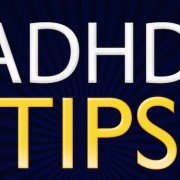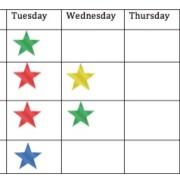Types of ADD/ADHD
ADD may have either a predominantly inattentive presentation, a predominantly hyperactive/impulsive presentation, or a combined presentation.
Inattention Symptoms:
- Makes careless mistakes in work; fails to give attention to details
- Difficulty paying attention during tasks
- Does not appear to listen when spoken to
- Does not follow instructions; fails to finish tasks
- Difficulty keeping things in order (including managing time)
- Avoids, dislikes, or hesitates to engage in tasks that demand extensive mental effort (writing essays, homework)
- Loses things needed for tasks (losing pencils, keys, glasses)
- Easily distracted (both by external events and unrelated thoughts)
- Forgetful (forgetting chores, bills, returning calls)
Hyperactivity/Impulsivity Symptoms:
- Fidgets with hands, taps feet, squirms in seat
- Leaves his/her seat often when sitting is expected
- Runs or climbs in inappropriate settings (or feeling restless in adults)
- Unable to remain quiet during activities
- Acts as if “driven by a motor”
- Talks excessively
- Answering before the question was finished or not waiting turn in conversation
- Difficulty waiting for turn
- Interrupts or intrudes on others
At least 6 (or 5 for those 17 and older) symptoms of inattention must be present for at least 6 months in order for ADD to be predominantly inattentive.
At least 6 (or 5 for those 17 and older) symptoms of hyperactivity/impulsivity must be present for at least 6 months in order for ADHD to be predominantly hyperactive/impulsive.
If enough symptoms from both categories are present, a combined presentation may exist.
Contact Dr. Gordon for help with your ADHD. We have treatment and solutions available online, by phone, and in our offices.
written by: Brianna Malinowski, Jay Gordon, Ph.D
Barlow, D., & Durand, V. (2015). Abnormal psychology: An integrative approach (7th ed., pp. 515-516). Stamford, CT: Cengage Learning.






